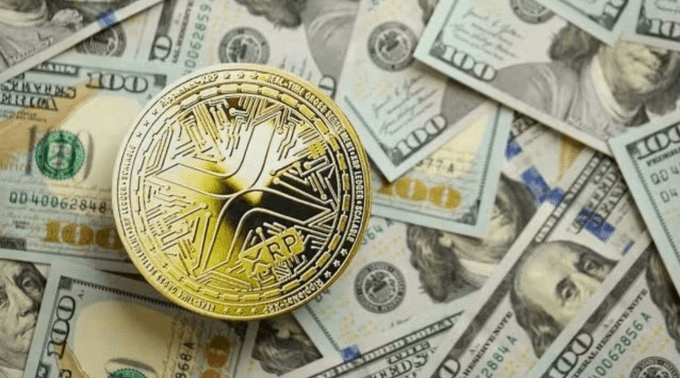Generating over $1.9 trillion in annual global settlements.
In a discreet but significant advance, Ripple's XRP has been recognized by global financial institutions, including the Bank for International Settlements (BIS), as a viable infrastructure for cross-border payments. With the BIS overseeing standards and coordination in the global financial system, this positions XRP at the center of a multi-trillion dollar global settlement market.
Global settlements: A $1.9 trillion opportunity. According to the latest Triennial Central Bank Survey by the BIS, $7.5 trillion is traded daily in global foreign exchange markets, amounting to a notional settlement volume of nearly $1.9 trillion per year. Much of this activity involves cross-border clearing between banks, corporations, and governments, an area where XRP could generate transformative change.
These settlements are traditionally conducted through legacy systems like SWIFT, CHIPS, TARGET2, and Fedwire, all of which involve high fees, delays, and multiple intermediaries.
🔁 Recognized by the BIS: The growing institutional role of XRP. Ripple's participation in various BIS working groups, including the 2023 PIE working group for cross-border payments, demonstrates increasing institutional confidence. XRP was mentioned by the Institute of International Finance (IIF) in its formal presentation to the BIS on cross-border innovation, acknowledging its compliance with messaging standards, liquidity functionality, and resilience.
While the BIS does not process payments directly, it sets standards for central banks and settlement networks worldwide. Recognition by BIS-aligned bodies translates into legitimacy for the global financial system.
⚙️ How XRP fits into the BIS vision Both the BIS and the IMF have emphasized the need for interoperable and near-instant cross-border payment systems that support real-time settlement, liquidity management, and full compliance.
The unique features of the XRP Ledger meet many of these criteria:
Near-instant settlement (3–5 seconds)
Minimal transaction costs (fractions of a cent)
Integrated Decentralized Exchange (DEX)
Interoperability with CBDCs and fiat-backed stablecoins
Ripple's On-Demand Liquidity (ODL) platform, powered by XRP, already enables cross-border remittances without the need for pre-funded nostro accounts, a pain point for traditional banking.
🌍 From banks to the BIS: the growing presence of XRP Recent pilot programs and strategic partnerships continue to highlight the rise of XRP in institutional finance:
The United Arab Emirates and Singapore have tested CBDC corridors using the XRP Ledger.
Ripple has opened licensed entities in the U.S., Dubai, and the UK, all regions aligned with BIS innovation hubs.
More than 100 financial institutions have integrated with RippleNet for payment infrastructure.
A threat to traditional payment systems? With daily foreign exchange settlements exceeding $7.5 trillion, even a 5% share routed through XRP would represent $375 billion in daily flows, a scale that could significantly impact liquidity, prices, and demand for XRP. Furthermore, it opens the door to deflationary pressures as network usage increases, especially if more platforms adopt XRP for settlement and accelerate utility burn.
Conclusion: XRP's alignment with BIS frameworks—in terms of speed, regulatory compliance, interoperability, and programmability—positions it as a legitimate candidate to modernize the global settlement layer. While regulatory clarity and widespread adoption remain hurdles, conditions exist for XRP to capture a significant share of the global settlement economy, which amounts to $1.9 trillion.
As central banks and the BIS move towards more unified cross-border systems, XRP's role as a digital bridge asset may no longer be theoretical but inevitable.
